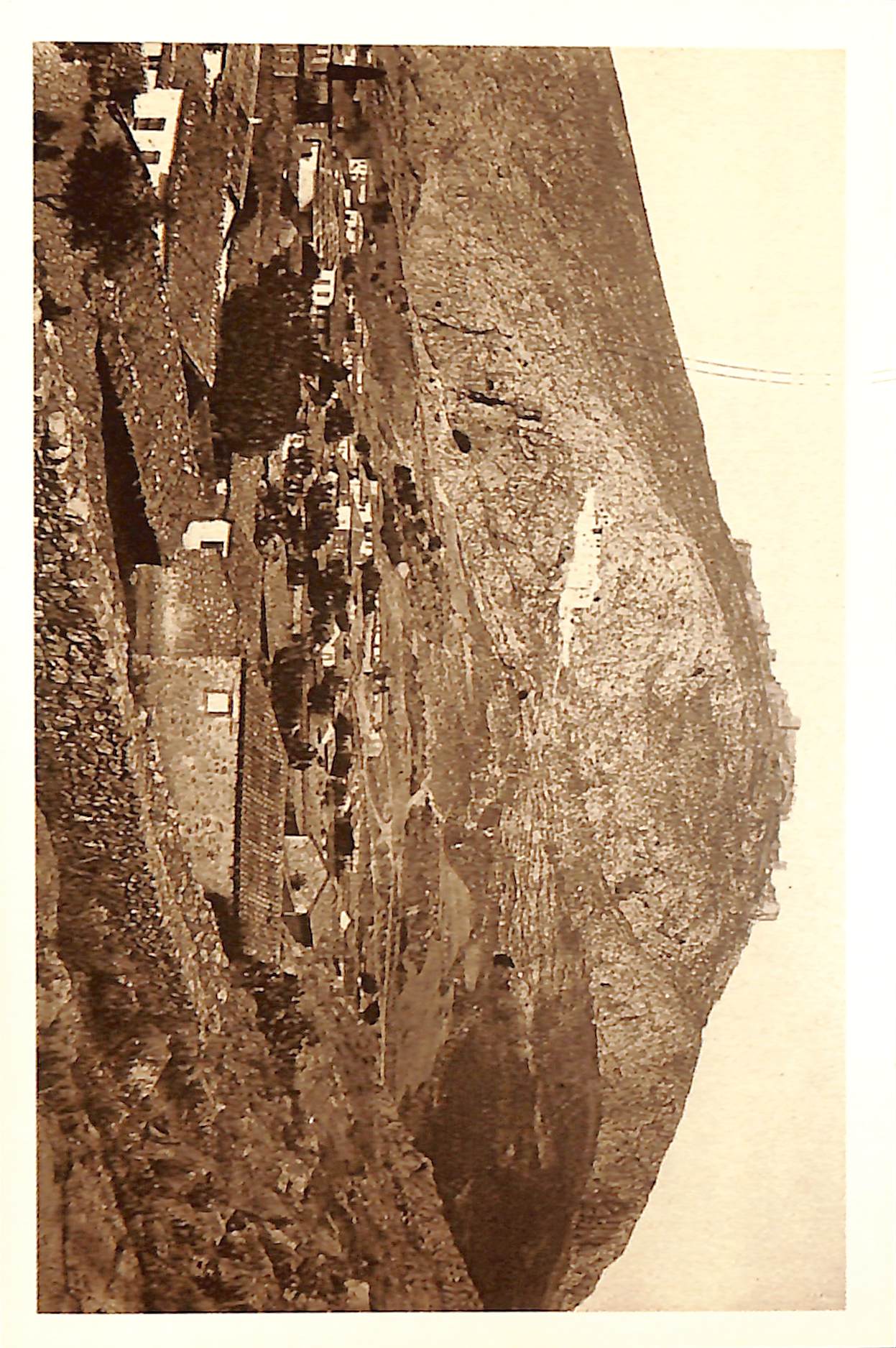
4/29/2025 10:07:56 AM
The Castle Larisa of Argos
The fortification of the medieval Castle Larisa in Argos was built on top of ancient defensive structures. Its fortification consists of an acropolis at the summit and an outer enclosure. Within the acropolis stood an administrative building, military facilities, and a church from the first millennium, which was replaced in 1174 by a new church dedicated to the Virgin Mary. In the outer enclosure, a settlement developed, which remains unexplored. Large cisterns (water reservoirs) existed in both enclosures of the castle. This configuration remained in place until the late 14th century, with reinforcements and minor modifications carried out by the Byzantines and Franks. These enhancements made Larisa one of the four strongest castles in the Peloponnese, as mentioned in the Chronicle of the Morea. In the 15th century, extensive fortification works were undertaken due to the repeated shifts in control between the Venetians and Ottomans, as well as advancements in military architecture following the introduction of firearms. The outer fortifications were strengthened with large cylindrical towers equipped with cannon embrasures. The wall of the acropolis was raised and reinforced with three-sided, four-sided, and one almond-shaped tower. At the same time, the Byzantine gate was sealed, and a new one was constructed slightly to the west. After the mid-15th century, the now-destroyed but once-imposing cylindrical central tower was built at the southwestern corner of the acropolis. In the 16th century, the southern part of the outer enclosure beyond the transverse wall was abandoned, and a forewall was added to the south of the acropolis gate, creating an outer courtyard. Pictured: View of the city of Argos with Castle Larisa in the background, 1890. ©Municipal Photography Museum of Kalamaria ‘Christos Kalemkeris’.

